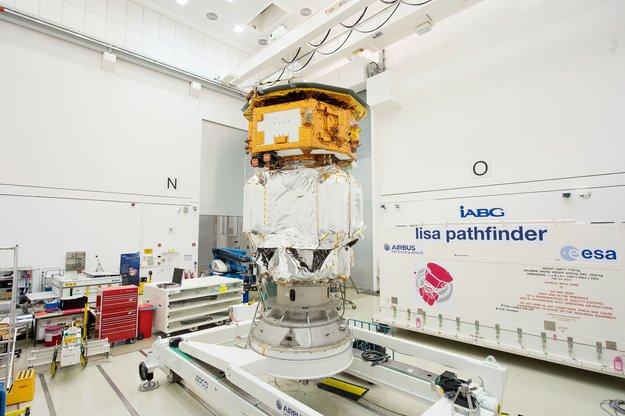Gravitational waves have long been a fascination among physicists. First posited by Albert Einstein in 1915, gravitational waves are ripples in the time-space continuum that exist in theory, but have been never directly observed in practice—a part of the theory of general relativity that hasn’t been experimentally verified.
Scientists want to change that. Later this year, the LISA Pathfinder is scheduled to be launched into orbit, carrying with it the measurement tools that should eventually be able to detect the long eluded substance.
In theory, gravitational waves are produced in the universe wherever mass is accelerating—the greater the mass and the faster the acceleration, the easier to detect the wave.
The ability to detect gravitational waves could give scientists one more way to observe events from faraway galaxies and deep into the universe’s history, such as what exactly occurred in the moments immediately after the Big Bang.
“Gravitational waves are an entirely fresh and different way to study the Universe, providing an important complement to the well-established approach of astronomy, based on observing the light emitted by celestial bodies,” Paul McNamara, a project scientist with the European Space Agency, said in a statement.
Detecting certain patterns of gravitational waves could confirm the theory of cosmic inflation—that the universe expanded suddenly and rapidly in the first few moments after the Big Bang, because such an event could make “primordial” gravitational waves detectable.
The confirmation that gravitational waves exists could bolster support for the existence of gravitons, a hypothetical particle that influences gravitational fields in the same way that photons influence electromagnetism, which would help physicists build a unified theory about the fundamental forces and particles that govern the universe.





